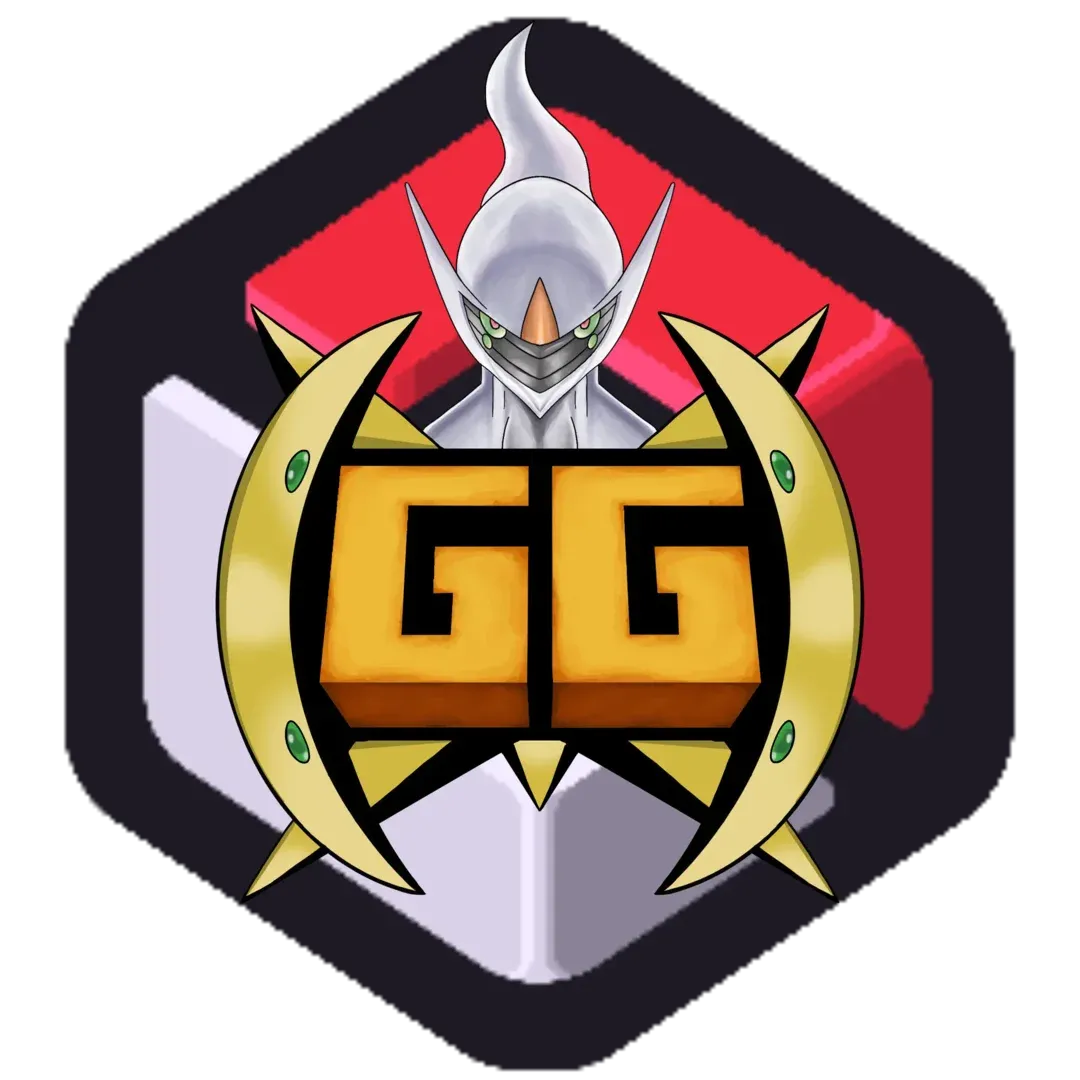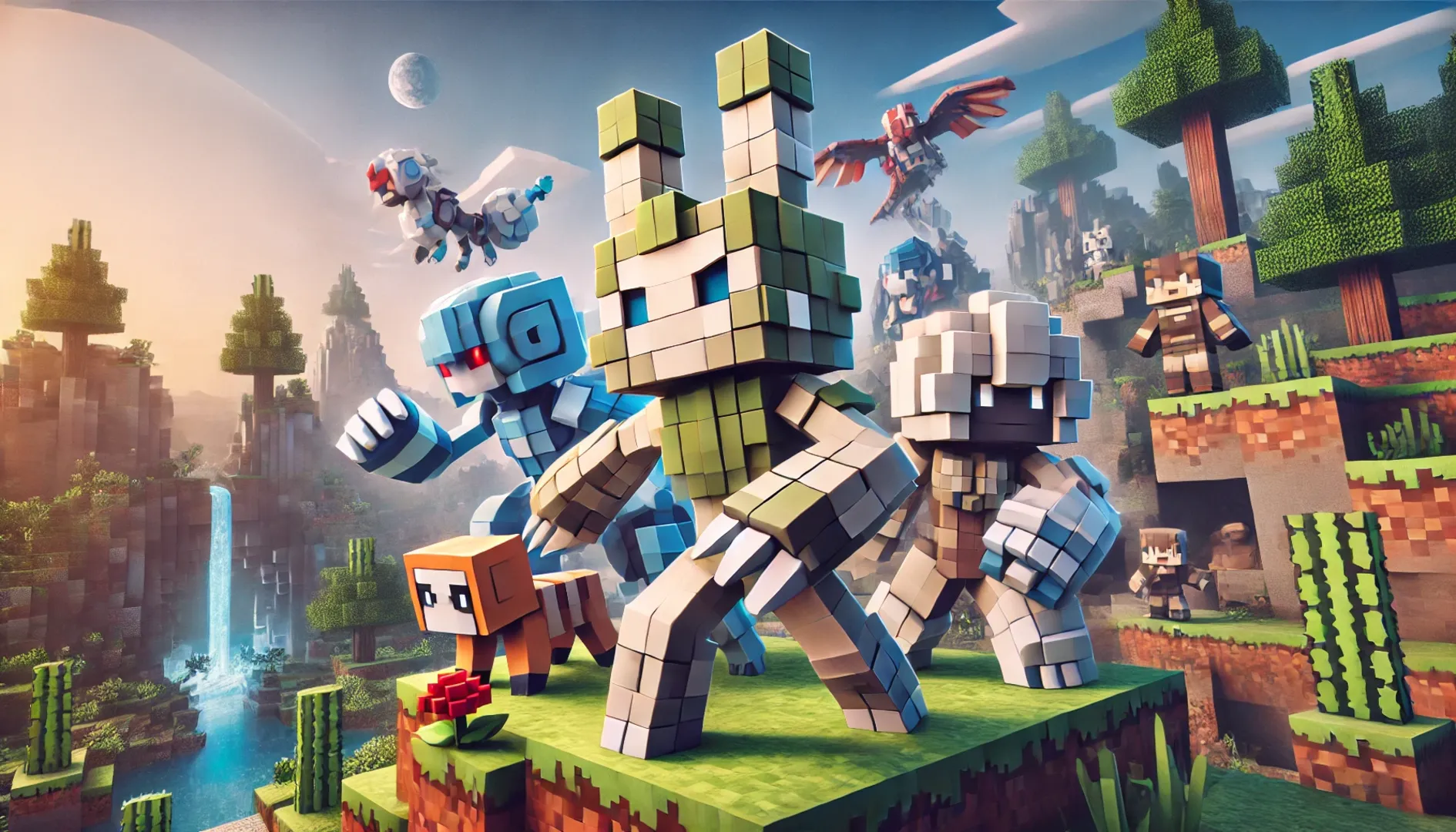Building a versatile Cobblemon team is essential for adapting to different battle scenarios, whether you're facing off in PvP, preparing for a raid, or exploring wild Cobblemon environments. A balanced and flexible team can handle a wide range of threats while maintaining synergy among its members. In this guide, we’ll break down how to create a versatile Cobblemon team that can perform well in any situation.
Step 1: Understand the Core Components of a Balanced Team
A well-rounded Cobblemon team typically consists of various roles, each contributing to the team’s success in different ways. By mixing offensive power, defensive resilience, and utility, you can tackle any challenge. Here are the essential roles to consider:
1. Physical Attacker
- Role: Deals damage using physical moves.
- Examples: Garchomp, Excadrill, Machamp.
- Why It’s Important: Physical attackers break through defensive Cobblemon by using high-powered physical moves.
2. Special Attacker
- Role: Focuses on special moves to deal damage.
- Examples: Alakazam, Hydreigon, Gengar.
- Why It’s Important: Special attackers can target Cobblemon with lower Special Defense, creating diverse damage options.
3. Defensive Wall
- Role: Soaks up damage and acts as a tank to protect the team.
- Examples: Blissey, Ferrothorn, Toxapex.
- Why It’s Important: A defensive Cobblemon can absorb hits while healing itself and the team or inflicting status effects on the opponent.
4. Speed Control
- Role: Outspeeds opponents to land the first strike or slow down enemies.
- Examples: Dragapult, Togekiss, Weavile.
- Why It’s Important: Speed control lets you dictate the pace of the battle, giving you an edge in crucial moments.
5. Utility/Support Cobblemon
- Role: Provides status effects, healing, or entry hazards like Stealth Rock.
- Examples: Clefable, Togekiss, Umbreon.
- Why It’s Important: Utility Cobblemon help manage the battlefield by inflicting status conditions, healing, or disrupting the opponent’s strategy.
6. Coverage Specialist
- Role: Covers your team’s weaknesses with diverse move options.
- Examples: Lucario, Rotom-Wash, Greninja.
- Why It’s Important: Coverage specialists can counter Cobblemon types that pose a threat to the rest of your team.
Step 2: Build Synergy Across the Team
Synergy is the key to a strong team. Each Cobblemon on your team should support one another, either by covering type weaknesses or providing boosts. Consider how each Cobblemon’s moves, abilities, and roles interact.
1. Type Coverage
- Ensure that your team covers a wide variety of types to avoid being countered by a specific type. For example, if you have a Fire-type Cobblemon, pair it with a Water-type or Ground-type to cover Fire’s weaknesses (such as Water and Rock).
2. Balanced Offense and Defense
- A good team balances offensive pressure with defensive support. For instance, a Ferrothorn can set up Leech Seed and Stealth Rock while tanking hits, which allows a sweeper like Garchomp to come in and clean up opponents.
3. Use of Abilities
- Abilities should complement the overall strategy of your team. For example, using Drizzle on a Cobblemon like Pelipper can set up rain, boosting Water-type moves for Kingdra while weakening opposing Fire-types.
4. Hazard Control
- Hazards like Stealth Rock can chip away at incoming Cobblemon, giving your offensive Cobblemon a better chance to KO weakened foes. Include a hazard setter like Ferrothorn or a hazard remover like Corviknight (via Defog) for battlefield control.
Step 3: Select Versatile Movesets
Versatile movesets allow your Cobblemon to perform multiple roles in battle. A well-rounded moveset includes:
1. STAB Moves (Same Type Attack Bonus)
- These moves get a 50% power boost when used by a Cobblemon of the same type. For example, Charizard using Flamethrower or Garchomp using Earthquake.
2. Coverage Moves
- Coverage moves are designed to hit Cobblemon that resist your STAB attacks. For example, a Garchomp with Fire Fang can hit Ice-types (which it's weak to), giving it more versatility.
3. Status Moves
- Moves like Thunder Wave, Toxic, or Will-O-Wisp can inflict status conditions that cripple your opponents or give your team a tactical advantage.
4. Healing Moves
- Defensive Cobblemon should have access to recovery moves like Roost, Recover, or Wish to keep them healthy throughout the battle.
Step 4: Incorporate Held Items for Maximum Efficiency
Held items can drastically change the way a Cobblemon performs. Choose items that enhance each Cobblemon’s role:
Offensive Items:
- Life Orb: Boosts the power of all moves by 30%, but at the cost of some HP each time you attack. Ideal for sweepers like Garchomp or Lucario.
- Choice Scarf: Increases Speed by 50% but locks the user into one move. Perfect for fast sweepers like Dragapult.
- Choice Band: Increases Attack by 50% but locks the user into one move. Great for physical attackers like Excadrill.
Defensive Items:
- Leftovers: Heals a small portion of HP each turn. Ideal for tanks and defensive walls like Ferrothorn or Toxapex.
- Rocky Helmet: Damages the opponent when they hit you with a physical move. Excellent for Cobblemon with high Defense like Corviknight.
Utility Items:
- Focus Sash: Prevents a one-hit KO if the Cobblemon is at full health. Useful for frail sweepers like Weavile.
- Eviolite: Boosts the Defense and Special Defense of unevolved Cobblemon by 50%, making it a great choice for Dusclops or Chansey.
Step 5: Adapt to Different Battle Scenarios
Your team should be versatile enough to handle a wide range of battle scenarios, from raid battles to competitive PvP. Here's how to adapt to different scenarios:
1. PvP Battles
- In PvP, you’ll often face unpredictable teams, so it’s essential to include a mix of offensive and defensive Cobblemon that can handle a variety of threats. Cobblemon with good coverage moves, like Greninja, are particularly useful for covering multiple types.
2. Raid Battles
- In raid battles, focus on Cobblemon that can deal consistent damage while surviving long enough to endure multiple rounds. Tanky Cobblemon like Togekiss or Blissey, paired with strong attackers like Garchomp or Excadrill, are excellent choices.
3. Exploration
- While exploring, having Cobblemon with utility moves like Fly or Surf is essential. A versatile team can also deal with a variety of wild Cobblemon types, so balance is key.
Sample Versatile Cobblemon Team
Here’s an example of a versatile Cobblemon team that can handle multiple battle scenarios:
- Garchomp (Dragon/Ground) – Physical Sweeper
- Moves: Earthquake, Dragon Claw, Fire Fang, Swords Dance
- Item: Life Orb
- Togekiss (Fairy/Flying) – Special Attacker and Utility
- Moves: Air Slash, Dazzling Gleam, Thunder Wave, Roost
- Item: Leftovers
- Ferrothorn (Grass/Steel) – Defensive Wall and Hazard Setter
- Moves: Stealth Rock, Leech Seed, Gyro Ball, Protect
- Item: Rocky Helmet
- Toxapex (Water/Poison) – Physical Wall and Status Inflictor
- Moves: Scald, Toxic, Recover, Haze
- Item: Black Sludge
- Excadrill (Ground/Steel) – Physical Attacker and Hazard Control
- Moves: Earthquake, Iron Head, Rapid Spin, Swords Dance
- Item: Choice Scarf
- Rotom-Wash (Electric/Water) – Special Attacker and Pivot
- Moves: Hydro Pump, Volt Switch, Will-O-Wisp, Defog
- Item: Leftovers
This team provides a good mix of offense, defense, and utility, ensuring you’re ready for any battle scenario.
Conclusion
Building a versatile Cobblemon team means considering multiple battle scenarios and creating synergy between your Cobblemon’s abilities, moves, and roles. By balancing offensive threats, defensive walls, and utility options, you can adapt to any situation and outplay your opponents. With the right combination of Cobblemon, you’ll be prepared to handle anything the game throws at you.
What’s your go-to strategy for building a versatile team? Share your thoughts in our Discord!



